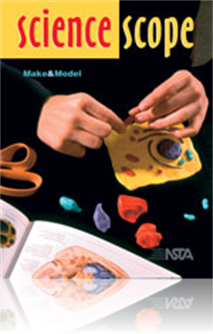All Resources
Journal Article
The Egg: In the Lab and Across Cultures
Eggs can be an inexpensive way to illustrate scientific concepts and promote understanding of other cultures. This series of demonstrations address the science and cross-cultural significance of eggs....


